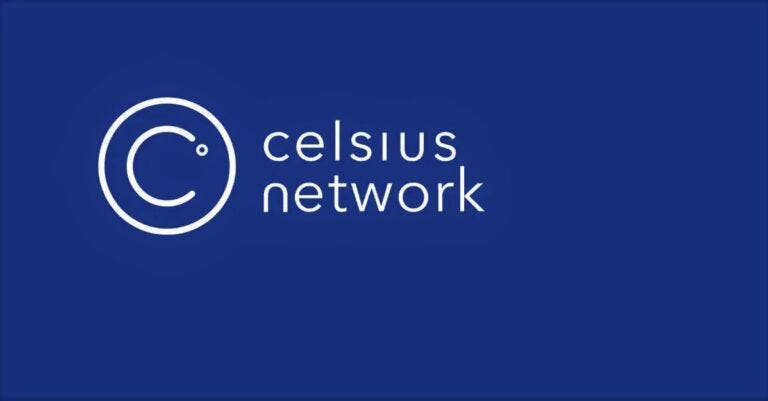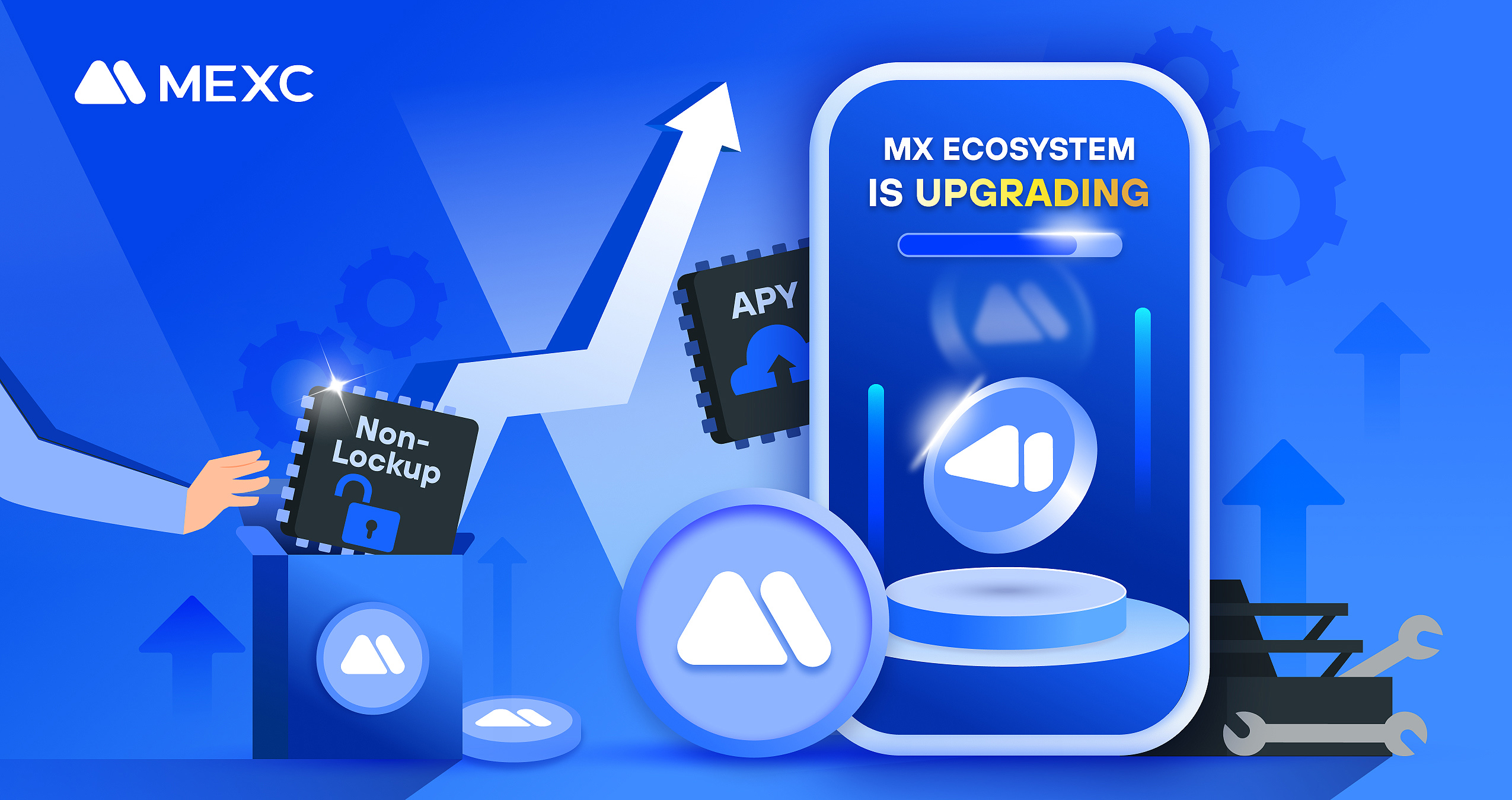Key Insights:
- Ethereum’s reliance on Layer-2 solutions highlights the need for interoperable ecosystems to address fragmentation and scalability issues.
- Vitalik Buterin’s proposed enshrined ZK-EVM could enhance Ethereum’s security but pose challenges for Layer-2 developers.
- Frameworks like ZKsync’s ZK Stack and Polygon’s CDK enable fast, cheap cross-chain communication while relying on Ethereum’s security.

The Ethereum blockchain, while powerful, faces challenges that necessitate the use of Layer-2 (L2) solutions. L2s have significantly improved transaction speeds and reduced gas fees. However, the proliferation of multiple L2 blockchains has led to fragmentation. This fragmentation results in interoperability issues, innovation silos, and sub-par user experiences.
CoinGecko ranks 46 different L2 solutions, many of which aim to enhance Ethereum’s scalability while maintaining security and decentralization. Yet, the variety of L2 options can create challenges reminiscent of the early days of Layer-1 blockchains, such as differing consensus methods and performance constraints.
Ethereum’s Potential Shift to Enshrined ZK-EVM
To address these challenges, Ethereum co-founder Vitalik Buterin has proposed implementing an enshrined Zero-Knowledge Ethereum Virtual Machine (ZK-EVM). Zero-knowledge proofs (ZKPs) have gained popularity recently, allowing parties to validate claims without revealing details.
Buterin’s proposal includes adding pre-state and post-state roots to each block in the consensus layer. This would provide cryptographic proof that transactions are valid and correctly update the blockchain’s state without exposing transaction details. While promising, this change could pose significant compatibility and adaptability challenges for Layer-2 developers. Consequently, an Ethereum with enshrined ZK-EVM is not imminent.
Interoperable Layer-2s and The Current Solution
For now, the focus is on creating interoperable L2 ecosystems that allow for seamless exchange of crypto-assets between L2s without involving Ethereum’s Layer-1. ZKsync’s ZK Stack and Polygon’s CDK are notable frameworks enabling this interoperability. When new blockchains are deployed using these frameworks, they share a standard bridge to Ethereum and a common proof system.
This facilitates fast and cheap cross-chain communication while relying on Ethereum’s security. However, these ecosystems still need to be interoperable. Technological implementations and user interfaces are still in their early stages within a single ecosystem.
Despite these limitations, interoperable L2 solutions represent a significant step forward in blockchain technology. They enable developers to explore new use cases and user experiences through cross-chain communication secured by Ethereum.
The Path Forward for Ethereum
While Ethereum has established a strong foundation for decentralized applications, its scalability and usability are future in Layer-2 solutions. The development of interoperable L2 ecosystems is crucial to overcoming current fragmentation issues.
These solutions will facilitate more efficient and secure blockchain interactions, ultimately supporting the continued growth and adoption of Ethereum-based technologies.
Personal Note From MEXC Team
Check out our MEXC trading page and find out what we have to offer! There are also a ton of interesting articles to get you up to speed with the crypto world. Lastly, join our MEXC Creators project and share your opinion about everything crypto! Happy trading! Learn about interoperability now!
Join MEXC and Get up to $10,000 Bonus!
Sign Up


